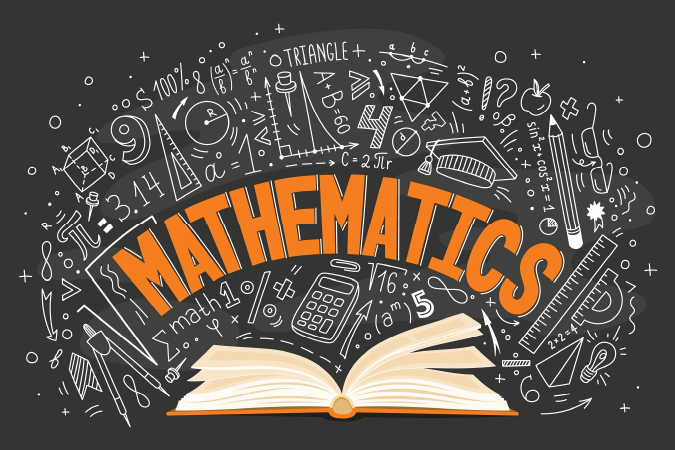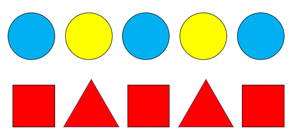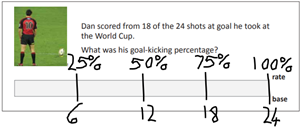Effective teachers understand that the tasks and examples they select influence how students come to view, develop, use, and make sense of mathematics.
Guidance for effective practice:
Provide open-ended, low-floor, high-ceiling problems that are relevant for ākonga and provide opportunities for multiple levels of sophistication
Moana has a year 3 class in an urban area. Students have worked hard on learning the counting sequence of whole numbers to 120, forwards and backwards.
Moana finds this problem that she thinks has potential:
- Imagine three houses in a row. What might the letter box numbers be?
- Is there an easy way to add all three numbers?
She encourages students to work in pairs and to record their thinking.
Moana has some enabling prompts to support pairs of students in making initial progress on the task. After an appropriate time of struggle, she offers a prompt to some pairs.
- Use these number cards, 1–20, to make a diagram of the letterboxes on one street. What do you notice?
- What sets of three letterboxes can you find?
Other pairs make considerable progress by creating many correct examples, like 4 + 6 + 8 = 18 and 1 + 3 + 5 = 9. Moana has some prepared extending prompts to encourage further thinking. An example might be:
- Choose the easiest example. Make the three numbers with towers of cubes. Even the towers up so that they are the same height. Look at the towers. What do you notice?
Provide sufficient practice opportunities for ākonga to develop fluency with important knowledge and skills. Highlight to your ākonga that knowing is important
At the beginning of the school year, Aaron notices that many of his year 7 students do not know their basic multiplication and division facts. This lack of knowledge impacts their ability to understand fractions, decimals, and percentages.
Aaron enrols in his class on e-ako. All the students use the multiplication and division learning tool to identify the facts they know and do not know.
Each day for the first three weeks, Aaron takes micro-lessons on patterns among the basic facts using a Slavonic abacus. He provides daily learning opportunities on e-ako and other websites, as well as games to practise the facts. Students take flash cards home to learn.
A "Number Mountain" checker is glued to the back of each student’s book, and they highlight when each layer of facts has been learned.
Choose tasks that invite ākonga to form and test conjectures, pose problems themselves, explain and justify their ideas, and generalise their findings
Tiere’s year 8 class is interested in whakapapa (genealogy), sparked by Tīpuna (Grandparent) Day at school. They first explore the growth pattern of direct biological relatives (mothers and fathers), which produces powers of two.
- Tiere: Let’s think about whānau. I know we have families of different sizes and arrangements, but we’ll start small. If a family has only two tamariki, what gender might the tamariki be?
The students conclude that the children might be two tama (boys), two kōtiro (girls), or a mixture of one girl and one boy.
- Tiere: If we take a sample of 100 two-tamariki families, what will happen?
- Allen (student): About 33, 33, 33, but not exactly (meaning the ratio of boy-boys to girl-girls to girl-boys).
- Matiu (student): I read that more boys are born than girls. Does that change things?
- Tiere’s students offer many different conjectures and ideas.
- Tiere: Nice ideas, but are they true? I want you to investigate what the chances are that a two-tamariki family will contain one boy and one girl.
Students work on the problem in groups of three. A few groups attempt to research the answer online. Tiere challenges them to think for themselves.
Some groups note the genders of tamariki in two child families they know; some survey their classmates to find the genders of the first two tamariki born; and others try to develop a theory.
After a class discussion, many students question the prediction of equal likelihoods. Tiere sets up a simulation in which bags of cubes (two colours) are used to select male or female babies. The results lead to the belief that mixed-gender families are more likely. Tiere’s students want to know why this happens.
Tiere gives her students tools to investigate the conjecture that boy-girl families are more likely to have a single gender. The tools include tables to organise data, tree diagrams to find all possible outcomes, and expectations about reporting results. Her students investigate. They justify their thinking using the results of trials, the data they have about families they know, and theoretical models like tree diagrams and tables. Some extend the problem to consider whanau with more tamariki.
Take advantage of the possibilities afforded by digital technologies
Bella is working on a statistical investigation with her year 7 and 8 students. She is an advocate for the strategic use of digital technology and has these criteria for when it is appropriate to use it.
- Students are highly motivated to engage with the mathematics presented.
- Multiple representations display simultaneously and facilitate connections among those representations.
- Risk-taking and creativity are encouraged through experimentation without consequence.
- Information is portable and easily replicated, which facilitates communication and collaboration.
- Students are provided with immediate, responsive feedback that supports their learning.
- Mathematics beyond that which is accessible with other media is explored, e.g., operations on very large numbers, complex symmetrical design.
She spends the first two days of her unit developing her students’ question-posing. Most students can ask specific summary, comparison, and relationship questions. Bella also models sampling from Census at School, saving and importing the CSV file into CODAP, and the basic graphing functionality of CODAP.
- Bella: I would like you to investigate the data about students who are your age. Take some time to see what questions students were asked, so you can see what data is available. Then pose a specific question you would like to investigate using CODAP.
Her students show a lot of interest in the data that was gathered in 2019. They write sound questions, though most are summary questions like:
- What is the reaction time of New Zealand year 7 and 8 students?
- What fraction of New Zealand year 7 and 8 students have a cellphone?
- Bella: The Census at School data are multivariate. What does that mean?
- Titus (student): There was a lot of different information gathered about each student.
- Bella: I want you to take advantage of that. Ask questions that involve comparisons or relationships.
Students revise their questions, and Bella highlights the characteristics of each question type as students create them. Her favourite question is:
- Is there a relationship between year 7 and 8 students’ height and how long they sleep for?
Her students work in pairs, using CODAP to display the data in different ways to investigate their question.
Finally, Bella’s students use PowerPoint to create a report that documents their question, their method of investigation, their findings, and a conclusion that discusses the implications of the findings.











